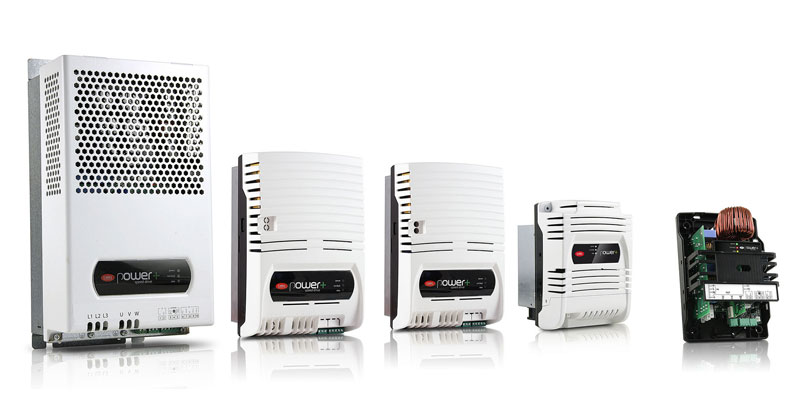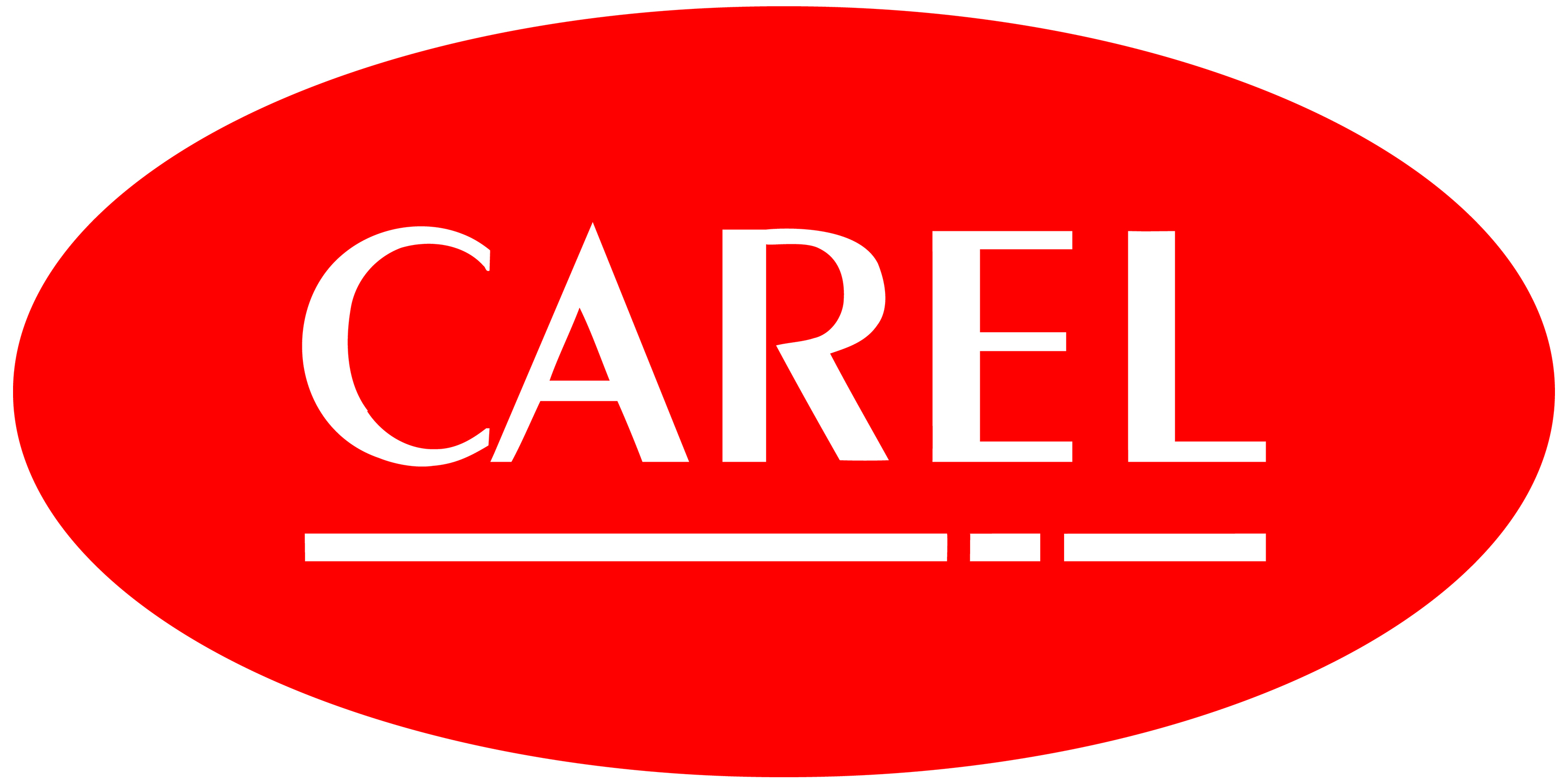Inverters

An inverter is a complex system of control hardware, power supply and software that adjusts the power supplied to a motor from the mains input in order to modulate operating speed.
As concerns refrigerant circuits, the main beneficiaries are compressors, as well as pumps and fans.
Focusing on compressors, inverters provide the best way to avoid inefficient on/off cycles that reduce seasonal efficiency. In part or low load conditions, an inverter-driven compressor slows down and decreases its cooling capacity without stopping completely. Moreover, using a temporarily “smaller” compressor inside the same circuit, sized for nominal load, means the heat exchangers are relatively oversized, achieving further benefits in terms of heat transfer (reduction in pressure difference between evaporation and condensation).
As a result, units with inverter-driven compressors have much higher efficiency in these conditions compared to rated efficiency. Indeed, as low load conditions are much more frequent than rated conditions, it’s clear how a unit fitted with an inverter-driven compressor can exceed the average efficiency of a traditional unit by up to 60%!
Moreover, given that the most critical stage in the operation of a refrigerant circuit is when the compressor starts, using inverters significantly extends the life of components by minimising the number of starts.
Obviously, this technology is more complex and often more costly, both as regards construction of the compressors and the inverters themselves and the development of the refrigeration units.
Currently the most efficient technology for inverter-driven compressors is called BLDC (BrushLess Direct Current) or simply DC; this is used in top-end home air-conditioners and has recently been introduced in industrial applications.
This differs from more traditional asynchronous motor technology in that the compressor rotor consists of a permanent magnet and not an electric coil. This allows higher motor efficiency (no energy is consumed to magnetise the rotor, as in the case of asynchronous motors) and a wider range of speeds, from 600 to 8000 rpm, while asynchronous motors are limited to 1500-6000 rpm.
These features of DC inverter compressors highlight both their efficiency at part loads and performance in terms of cooling or heating capacity control.
It goes without saying that such advanced technology cannot be used without adopting electronic control systems that instantly calculate optimum compressor speed, and electronic expansion valves, the only expansion technology that can adapt to the variations generated by the compressor.
Related products
| DC inverter |  |
| AC inverter |  |
Do you need more informations? KNOWLEDGE CENTER
KNOWLEDGE CENTER
